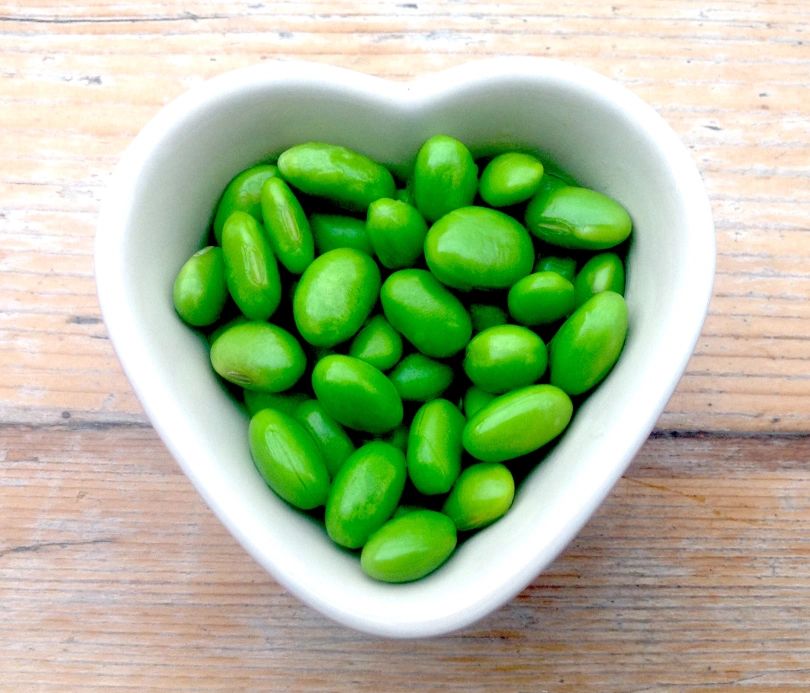1. Eat foods that actively lower bad cholesterol
This includes oats, apples, beans, nuts, seeds, olive oil, soya products, garlic and plant sterols or stanols. Aim to eat at least a few of these foods every day (see this page for suggested amounts).
For ideas on how to include these foods in your everyday meals, click here, or try out some of the recipes in these posts:-
- 26 ways to eat more apples to help lower your cholesterol
- 8 ways to add more cholesterol-reducing beans to your diet
- How to eat more oats to help lower your cholesterol
- 5 ways to eat more seeds every day
2. Eat foods that increase good cholesterol
As well as reducing your bad cholesterol (LDL), increasing your good cholesterol (HDL) can also improve your heart health. Foods that increase good cholesterol include olive oil, brown rice, salmon, avocados and blueberries.
Click here for tips on how to include more of these foods in your daily diet.
3. Eat foods that are low in saturated fat
Aim to mostly eat foods that contain less than 1.5g saturated fat per 100g. Look for green ‘Saturates’ or ‘Sat Fat’ labels on traffic light food packaging.
Important note:- Most oily fish, nuts and oils contain more than 1.5g of saturated fat, but these are fine to include in a cholesterol-lowering diet because they contain a higher proportion of healthy unsaturated fats.
4. Start by making small changes
I’d recommend not changing your diet too drastically to begin with. It’s best to start with small changes, like using semi-skimmed milk instead of whole milk, and wholemeal bread instead of white bread.
Then once you get used to those changes, gradually make more adjustments, like replacing your current breakfast cereal with a high fibre alternative. For more ideas, read these posts:-
- Which are the best breakfast cereals for lowering cholesterol?
- 10 simple ways to make your lunches more cholesterol friendly
- Which types of bread are best for lowering cholesterol?
5. Keep trying out new recipes so that you don’t get bored
There are so many free cholesterol-friendly recipes available online, a lot of which are fairly easy to make. Here are some of my favourites:-
- Apple Recipes
- Bean Recipes
- Breakfast Recipes
- Chicken Recipes
- Dessert Recipes
- Oat Recipes
- Soup Recipes
- Vegan Recipes
- Vegetarian Recipes
Or if you’re short of time, try these quick meal and snacks.
If you want to create your own cholesterol-friendly recipes, this list of cholesterol-friendly foods should help you decide what ingredients to use, and here’s a list of cholesterol-friendly dressings, dips and sauces.
EXTRA TIME-SAVING TIP: Double up your recipes and freeze half of it to eat on another day. Here’s a list of great cholesterol-friendly freezable meals.
6. Use food label traffic lights for pre-packaged lunches
If you buy pre-packaged lunches it’s best to choose meals that contain less than 1.5g saturated fat per 100g. These will show as a green coloured ‘Saturates’ or ‘Sat Fat’ segment on the food label.
Ideally you want to pick meals with lots of greens and no reds on the food label for an all-rounded healthy choice. Click here to see a list of cholesterol-friendly lunch options from places like M&S, EAT, Pret a Manger, Sainsbury’s and Itsu.
Important note:- The above tips are based on my personal experience, and won’t be suitable for everyone, particularly those with familial hypercholesterolaemia or pre-existing medical conditions. Please talk to your doctor before making any changes to your diet.
